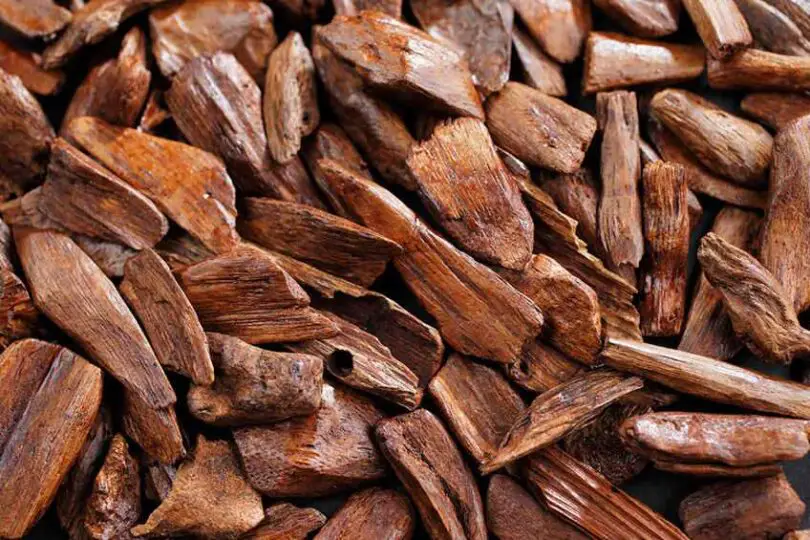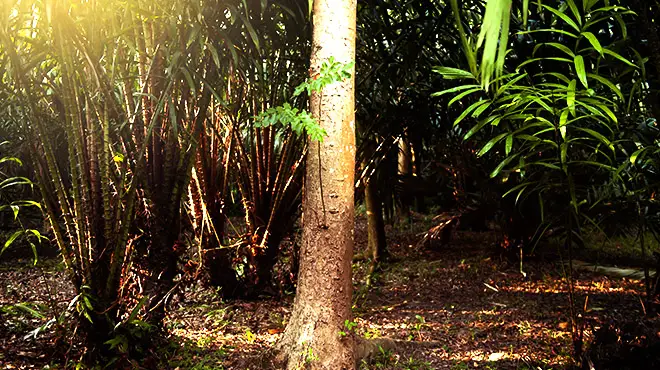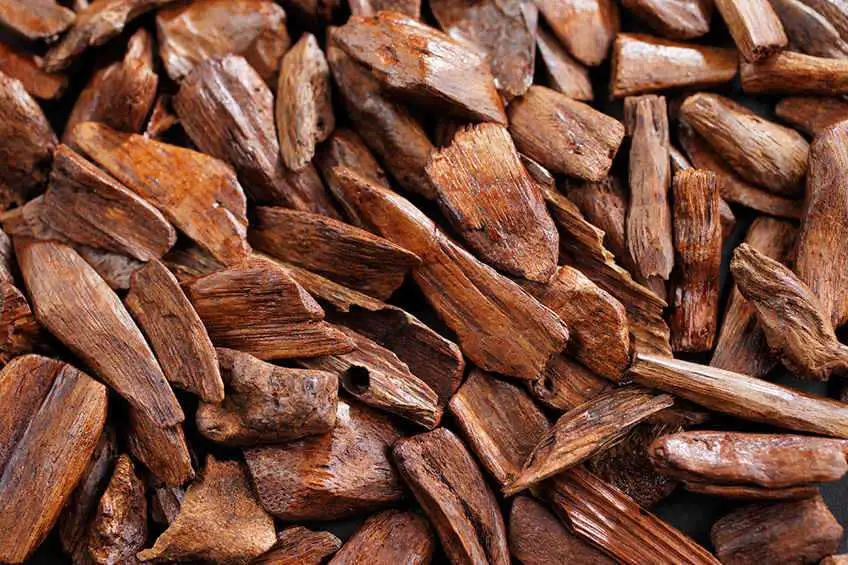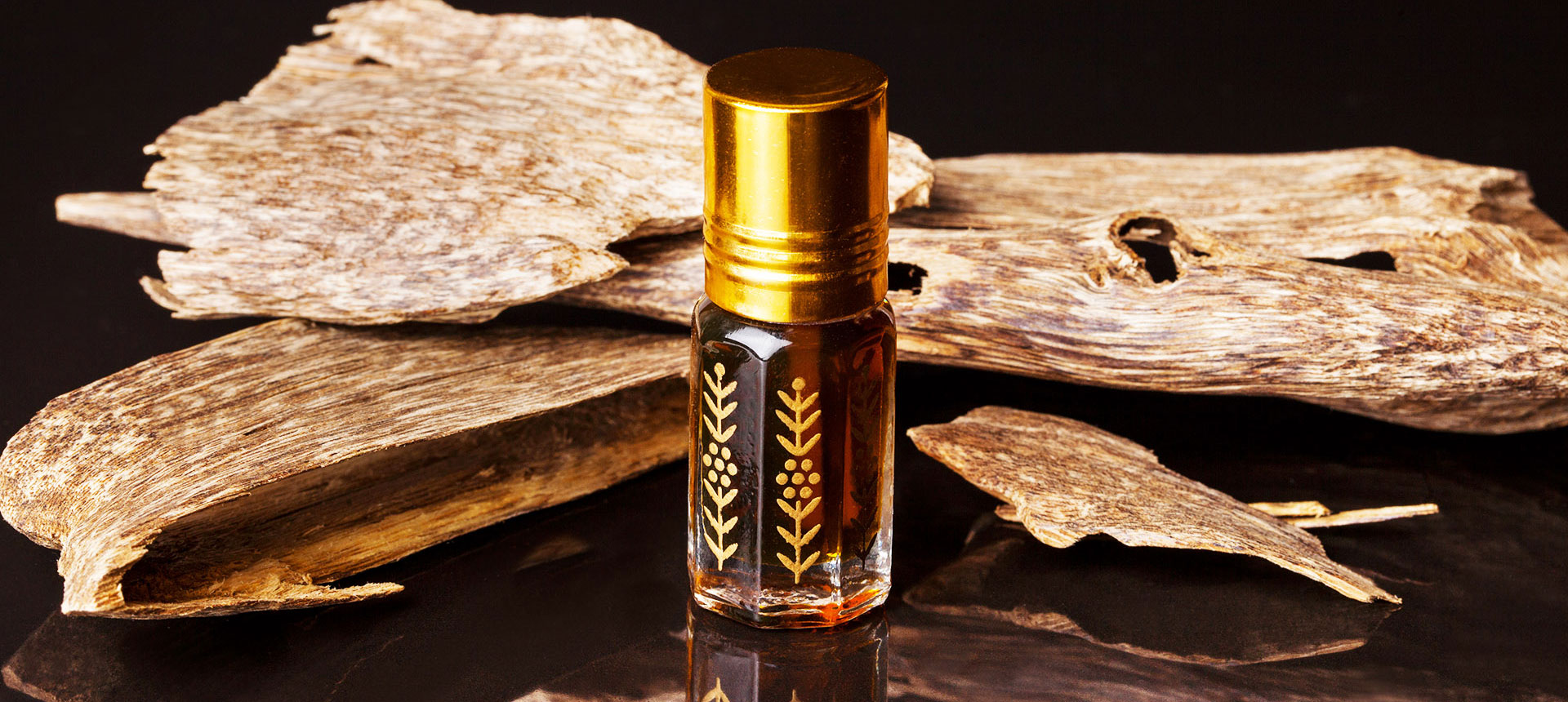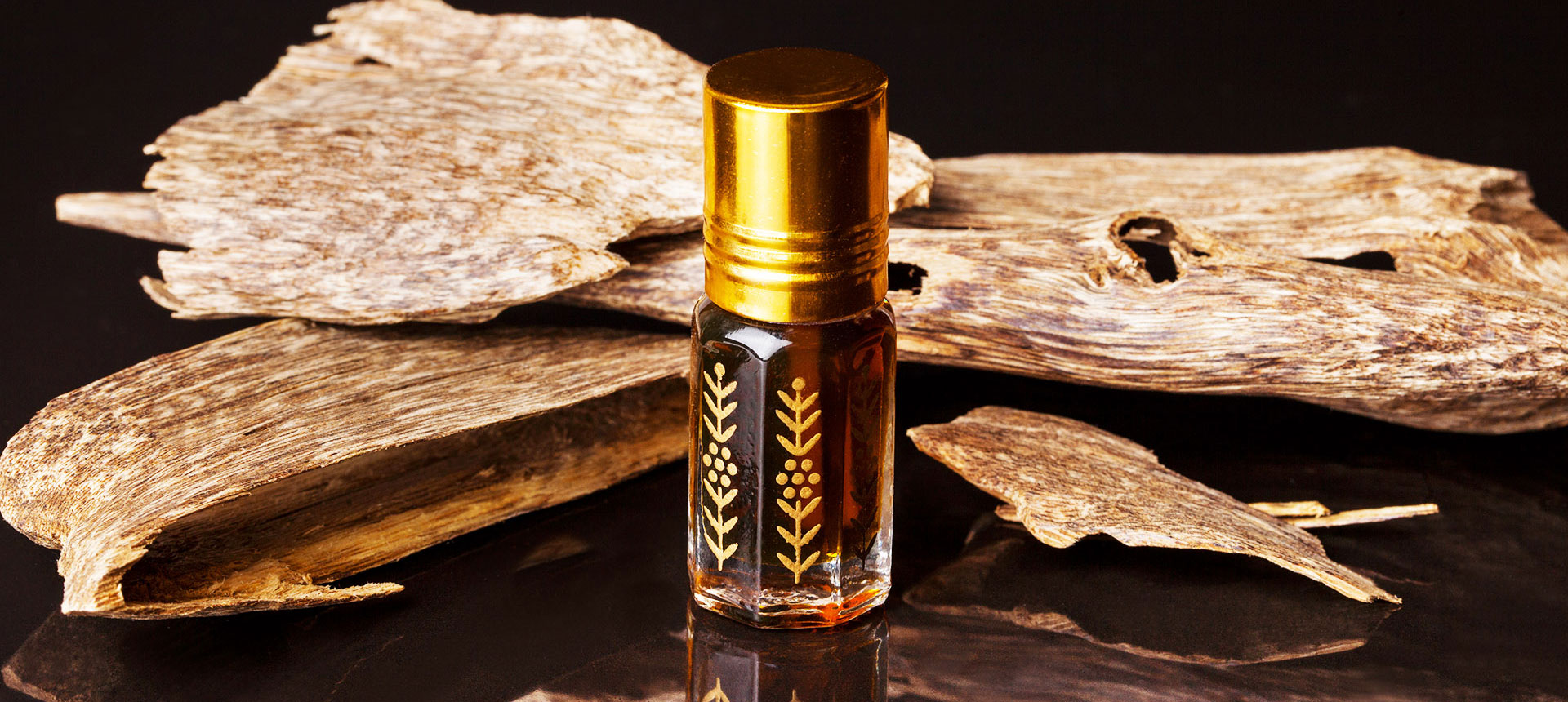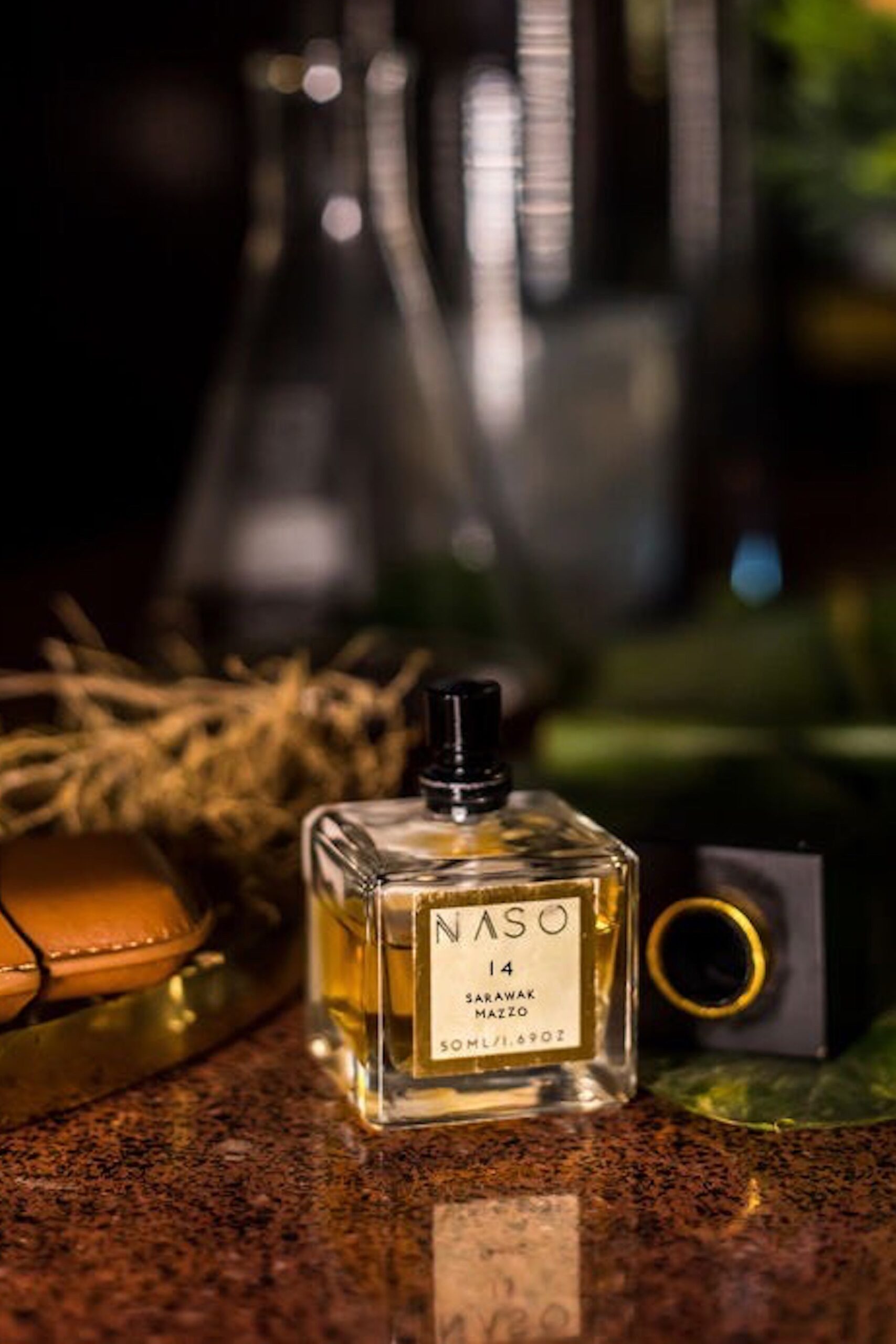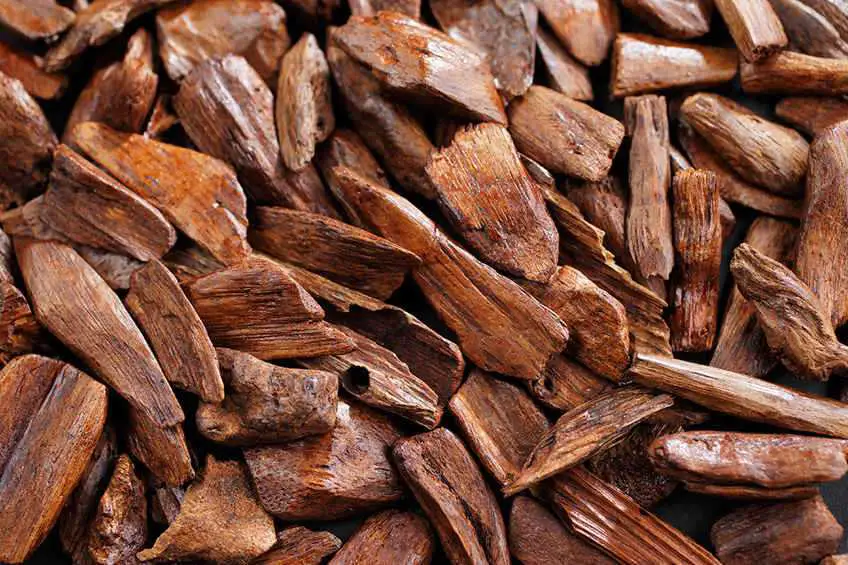In the world of perfumery, certain scents stand out for their unique character and timeless appeal. Among them, Oud, also known as “Agarwood,” holds a special place. This rare and luxurious ingredient, derived from the resinous heartwood of Aquilaria trees found in Southeast Asia, has been a cornerstone of traditional Eastern fragrance for centuries and has recently gained significant popularity in Western perfumery.
The Origins and Making of Oud
Oud is not just a fragrance; it’s a journey into the heart of the forest. The story of Oud begins when the Aquilaria tree gets infected with a specific type of mold. This infection triggers the tree to produce a dense, dark, and fragrant resin in its heartwood, transforming the infected wood into a valuable and aromatic substance. The process is natural and can take decades, making Oud one of the most expensive raw materials in the perfume industry.
The Scent Profile of Oud
Describing the scent of Oud is like narrating a mysterious, multifaceted tale. It is complex, deep, and intensely evocative. Primarily, Oud exudes a warm, woody base with a hint of smokiness. Depending on its origin and the extraction method, its fragrance can range from sweet and soft to dark and leathery, with notes of spices, balsam, and even animalic scents. This complexity allows it to blend harmoniously with other fragrances, making it a popular choice for creating layered, sophisticated perfumes.
Oud in Perfumery
Oud’s versatility is a perfumer’s delight. It pairs beautifully with floral notes like rose, adding depth and warmth, or with spices and amber for a more intense and opulent aroma. Its strong character makes it perfect for both men’s and women’s fragrances, often serving as the key note in luxury and niche perfumes.
The Cultural Significance of Oud
Oud is more than just a scent; it is a cultural emblem. In many Middle Eastern countries, Oud is deeply embedded in the cultural fabric, used in religious ceremonies, social gatherings, and as a personal fragrance. It’s a symbol of hospitality, prestige, and a deep connection to ancient traditions.
Modern Interpretations and Sustainability
As the popularity of Oud grows, so does the responsibility of preserving this precious resource. Overharvesting and habitat loss have led to the endangerment of wild Aquilaria trees. Consequently, there has been a significant shift towards sustainable sourcing of Oud, including the use of cultivated trees and synthetic alternatives that mimic the scent of real Oud.
In Conclusion
Oud fragrance is a testament to the art of perfumery – a bridge between the ancient and the modern, the East and the West. Its rich, complex aroma offers an olfactory experience that is both deeply traditional and excitingly contemporary. As more people discover its unique charm, Oud continues to weave its magic, marking its indelible presence in the world of fragrances.

